
A Woman Killed with Kindness
托马斯·黑伍德《被仁慈杀死的女人》(1603)现货!非代购!非“海外库房”
¥ 186 八品
库存2件
作者Thomas Heywood
出版社Harvard University
出版时间1961
版次1
印刷时间1961
印次1
装帧精装
页数122页
上书时间2024-05-19
- 在售商品 暂无
- 平均发货时间 1小时
- 好评率 暂无
- 店主推荐
- 最新上架
商品详情
- 品相描述:八品
- 图书馆藏书,有字迹
- 商品描述
-
A Woman Killed with Kindness[1] is an early seventeenth-century stage play, a tragedy written by Thomas Heywood. Acted in 1603 and first published in 1607, the play has generally been considered Heywood's masterpiece, and has received the most critical attention among Heywood's works.[2] Along with the anonymous Arden of Faversham, Heywood's play has been regarded as the apex of Renaissance drama's achievement in the subgenre of bourgeois or domestic tragedy.
The play was originally performed by Worcester's Men, the company for which Heywood acted and wrote in the early Jacobean era. The records of Philip Henslowe show that Heywood was paid £6 for the play in February and March 1603. The 1607 quarto was printed by William Jaggard for the bookseller John Hodgets. A second quarto was issued in 1617 by William Jaggard's son Isaac Jaggard.[3]
The plot of Heywood's play derives from an Italian novel by Illicini, which was translated into English and published in The Palace of Pleasure by William Painter (1566).
The play tells the story of a married couple, Master Frankford and his wife Anne. Frankford invites Wendoll into his home to act as a companion. Frankford tells Wendoll that anything in his house is at Wendoll's disposal. Wendoll then chooses to pursue Frankford's wife, Anne. Anne is quickly wooed by Wendoll and then caught by Frankford. Frankford then chooses to punish her not with death but with ostracism—a "mild" sentence for her adultery. By the end of the play, Anne chooses self-starvation as a more appropriate form of punishment. As she is dying because of her self-starvation, Frankford reunites with his wife, which restores the social and patriarchal order at the end of the play.
The adulterous wife, Anne Frankford, is contrasted with the virtuous Susan Mountford. In the play's subplot, Sir Charles Mountford attempts to prostitute his sister Susan to Sir Francis Acton (Anne Frankford's brother), to whom he is deeply in debt. Susan, however, retains her virtue. In the end Acton discharges the debts of Mountford and marries Susan.
Early Modern Elizabethan and Jacobean views of fasting or self-starvation were often hearkened to old Medieval views which considered a woman's fasting a visual cue to a woman's obedience, chastity, and honour. Eating, binging, or gluttony were considered to be fundamentally connected with sexuality. According to several Early Modern conduct book writers, the sin of gluttony will inevitabily lead to lust, and several of these tract writers suggested female fasting should be a part of a woman's education as it would prove her to be a better wife and mother.[4]
相关推荐
-

Happy Hours: Alcohol in a Woman's Life /Jersild Devon wi...
八五品保定
¥ 276.00
-

A Good Woman
八五品淄博
¥ 10.00
-
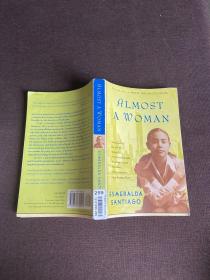
ALMOST A WOMAN
九品北京
¥ 50.00
-

A Remarkable Woman
八五品苏州
¥ 17.00
-

A Whistling Woman
八五品北京
¥ 272.00
-

A Light Woman
八品北京
¥ 20.00
-

A Kept Woman
八品北京
¥ 15.00
-

A Frozen Woman
九五品上海
¥ 299.00
-

A Frozen Woman
九品扬州
¥ 450.00
-

a mature woman
九品新乡
¥ 112.00
— 没有更多了 —











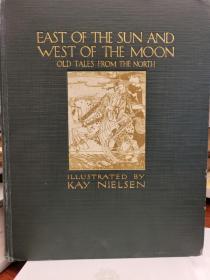

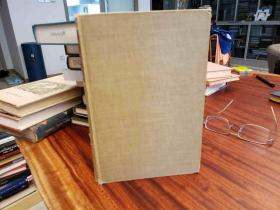


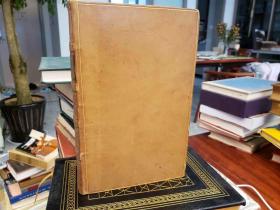
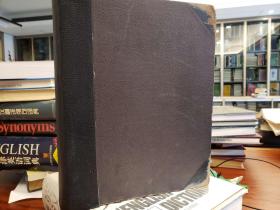

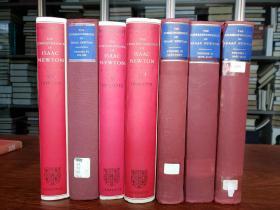
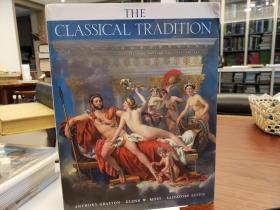




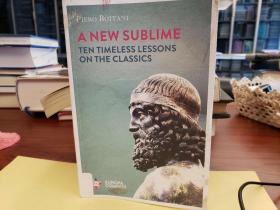
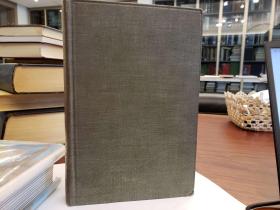

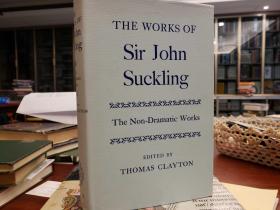

以下为对购买帮助不大的评价